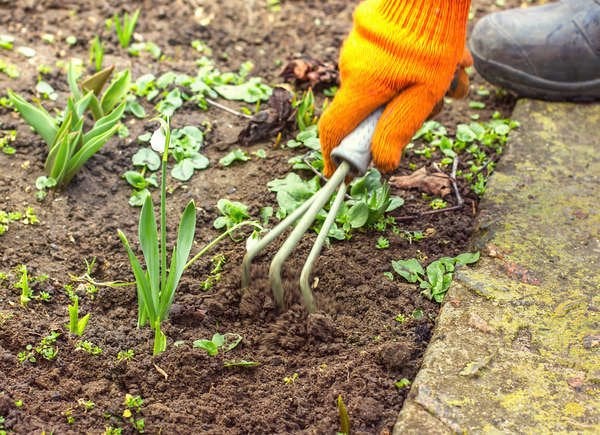Gardening is a great way to relax, boost vitamin D levels, and improve strength, all while making your yard beautiful and getting fresh veggies. But unfortunately, sometimes gardening can become stressful because our plant’s environment needs to be perfect for them to prosper. Luckily, we list the eight most common gardening challenges and how to solve them below, so keep reading to help your garden succeed. Buy houseplants online
-
Plant spacing
Having incorrect spacing between your plants is a common mistake that gardeners make when starting their garden for the season. Luckily, there will be spacing instructions to follow on the packaging when you plant your seeds or sprouts. You may feel that your plants will not need as much room as stated, but you should always follow the directions because you will be surprised to see how they flourish with the correct amount of space. If you are interested in gardening consult with the team at All Green Nursery
-
Planting out of season
All living beings thrive in their own environment, so planting at the right time of year is essential. Planting before your plant’s season begins can result in stunted growth, wilting, and a higher likelihood of disease. On the other hand, planting too late in the season can result in poor germination, smaller vegetables, or death before reaching its full potential.
You can avoid planting out of season by finding out when your plants thrive in your zone and germination accordingly. You can find out what zone you are in by looking at this zoning map here.
-
Managing weeds
Weeding your garden is important because weeds battle your crop for water, sunlight, and space that is essential to your plant’s growth.
You can avoid having weeds take over your garden by pulling weeds as you see them pop up, laying mulch, or spraying weed killers.
-
Pests
Pests are the number one issue we face as gardeners because it doesn’t matter how green your thumb is if you have pests eating your plants. To solve your pest problem, the first thing you need to do is determine what is eating your plants. The most common pests are insects like caterpillars, stink bugs, spider mites, or animals like deer and rabbits.
You can easily create a deterrent force field for most insects by planting mint, basil, lavender, chives, and rosemary. Plant these herbs in and around the perimeter of your garden, and the pest will avoid your plants because they don’t like the smell.
For animals, on the other hand, you can keep furry critters away from your plants by spreading coffee grounds, soap, or vinegar. You can also deter animals by putting plastic covers or netting around your plants.
-
Soil lacking nutrients
Soil lacking nutrients is a commonly overlooked issue within the garden. Some signs that your soil lacks essential nutrients are yellow leaves, purple leaves, or leaves that look burnt on the end.
You can solve your soil problems by inspecting your plants and noting what discolorations or damage has occurred. Once you have discovered what minerals you need, you can simply buy soil additives.
Nitrogen deficiencies will cause leaves to be yellow.
Phosphorus deficiencies will cause leaves to turn purple or dark green.
Calcium, magnesium, and sulfur deficiencies can cause blackened shoots and curling leaves.
-
Plant location
Where you place your plants in the yard is detrimental to its life. Some plants need direct sunlight all day, while others need shade. Plants that do not receive the correct sunlight levels will wilt or scorch.
The best way to avoid incorrect lighting is by looking at the packaging of the seeds.
-
Misgendering
There are three types of plant gendering:
Monoecious- Both male and female flowers are present on the plant
Dioecious- The plant will either be male or female
Hermaphroditic- Male and female parts are present on each flower
A plant’s gender is important because similar to mammals, dioecious males are nonflowering and produce pollen; therefore, one plant of each sex will need to be in close proximity of each other in order to fruit.
Common dioecious plants are asparagus, spinach, papaya, and hemp. Determining plant gender can be especially tricky for hemp plants, and if you plan on having cannabis in your garden but need help with gendering, this article can help you out.
-
Lacking diversity
You may be surprised to learn that plant diversity is important within your garden. This is because plants fight a constant battle against each other to receive what they need to survive.
Some common ways that diversity helps a garden are by dispersing roots within different levels of the soil, bringing pollinators to the plants, and creating a balanced ecosystem.
Some plants to consider adding to your garden for healthy diversity are dill, carrots, tomatoes, petunias, onions, and pansies.
Now that you know how to solve the common challenges that gardeners face, you can go out and enjoy your plants free without worrying about their health.








